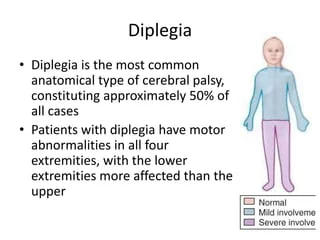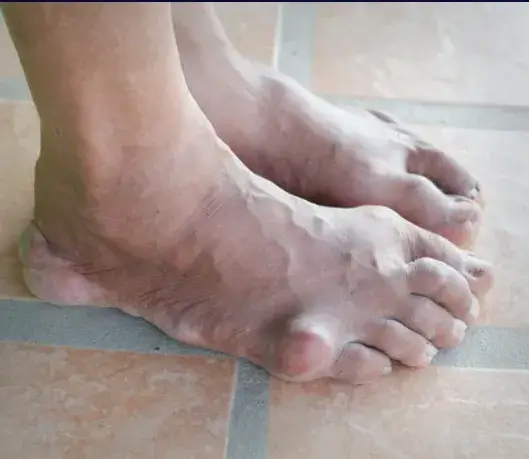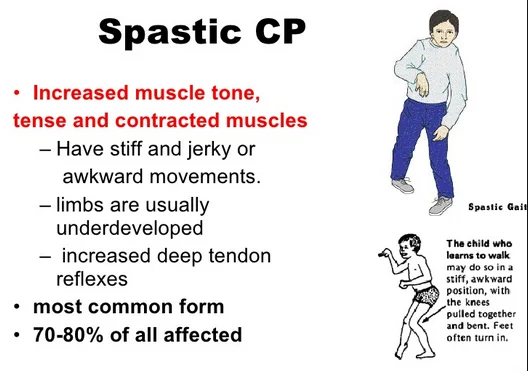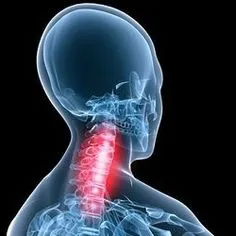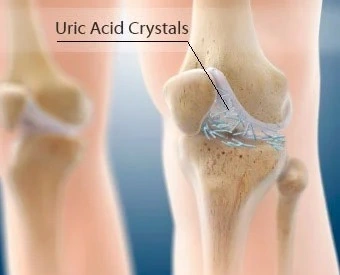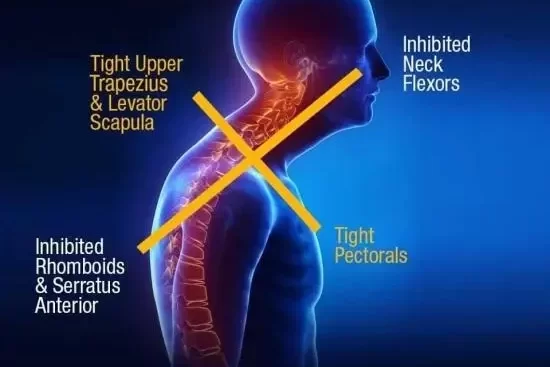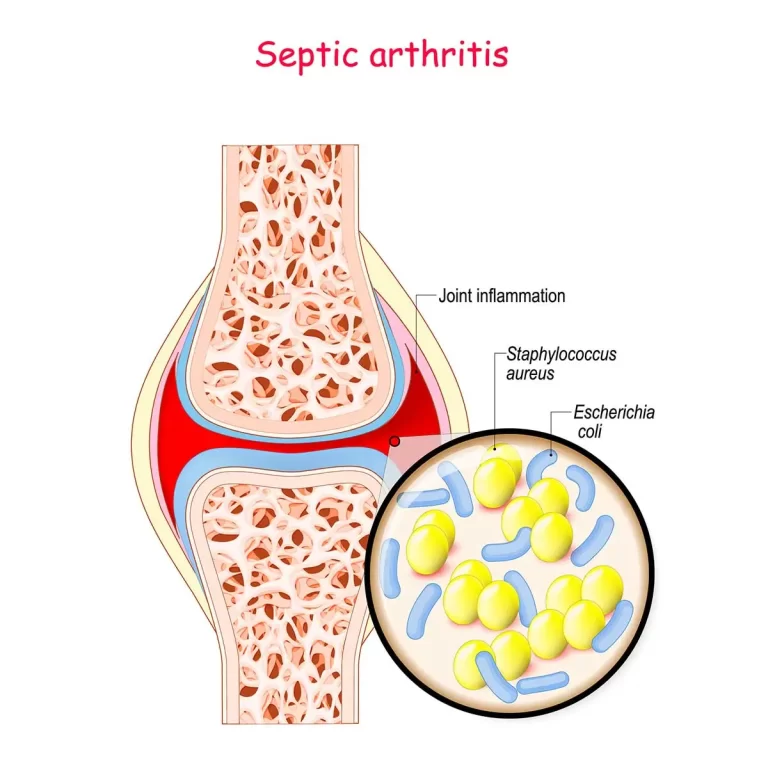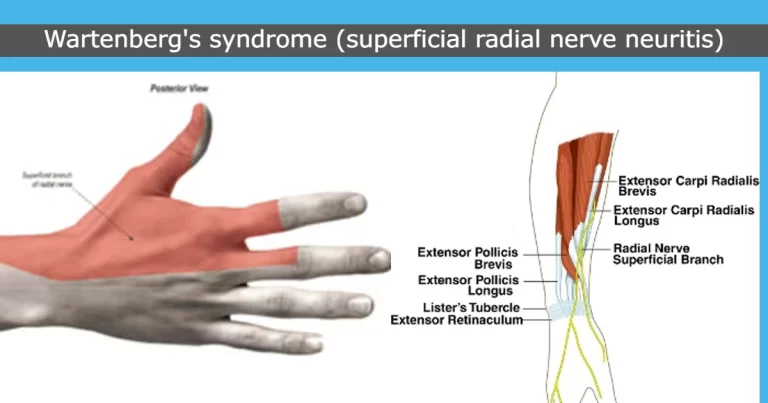Diplegia
What is a Diplegia? Diplegia is also called paralysis of both limbs mainly both lower leg or upper limb. In Diplegia symptoms like stiffness, weakness, and lack of mobility are the most commonly seen. It is usually affected by both upper limbs and/or lower limbs. What are the Causes of Diplegia? The most common cause…

